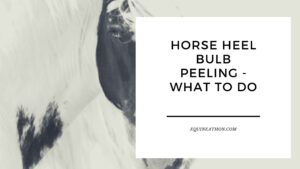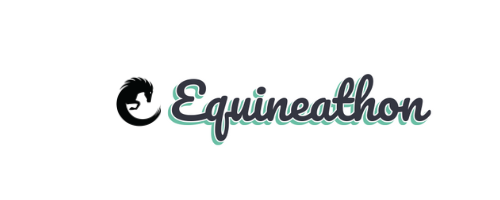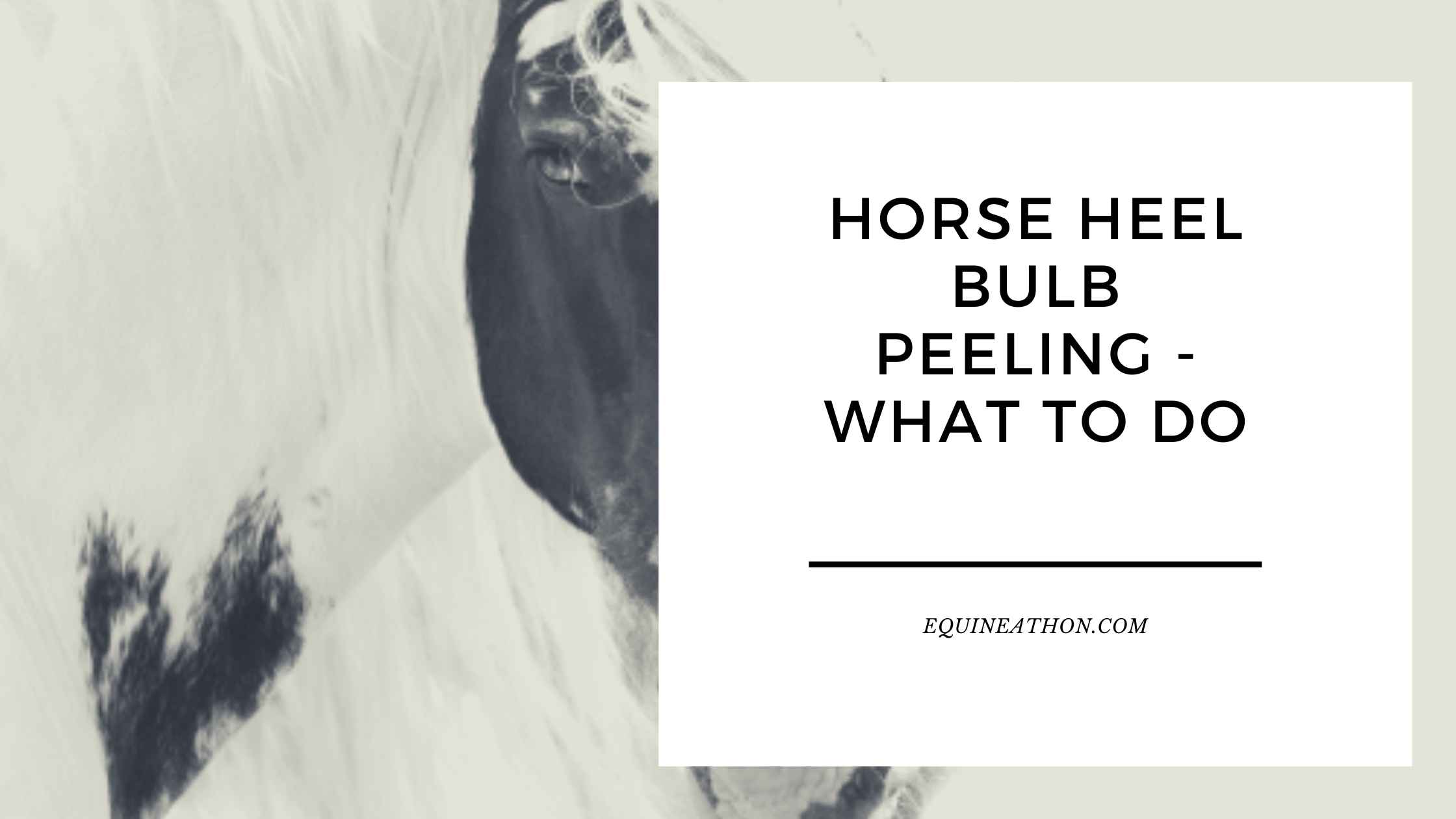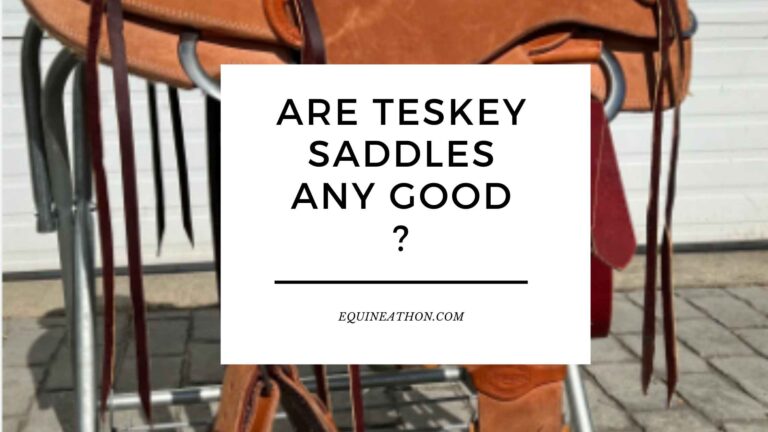Horse Heel Bulb Peeling: What You Need to Know
The hoof of a horse is a remarkable structure. Intricately designed to support the entire weight of the animal, it is built for strength and durability.
However, even with this strength, hooves can still encounter problems.
One such issue is the peeling of the heel bulb.
Let’s dive into understanding this condition, its causes, and how to address it.
What is the heel bulb?
The heel bulb refers to the fleshy, rounded area on the back part of the horse’s hoof. It plays a crucial role in shock absorption when the horse is in motion.
What does peeling of the heel bulb indicate?
Peeling of the heel bulb is typically a sign that the outer layer of the bulb is shedding, much like how skin can peel on a sunburn. In many cases, it might be a natural shedding process. However, excessive or frequent peeling can be an indication of an underlying issue.
Causes of Heel Bulb Peeling:
- Natural Shedding: Just as horses shed their coats, they can shed the outer layer of the heel bulb. This process might look like peeling or flaking.
- Environmental Factors: Constant exposure to moisture (from wet pastures or stalls) can soften the heel bulb, making it prone to peeling. Conversely, excessively dry conditions can lead to cracking and peeling.
- Trauma or Injury: Direct trauma, like stepping on a sharp object, can cause wounds or abrasions that result in peeling as they heal.
- Infections: Bacterial or fungal infections can cause the skin to become irritated, leading to peeling or flaking.
Preventing Heel Bulb Peeling:
- Maintain a Dry Environment: Ensure that your horse’s living environment is dry. If the horse is standing in mud or water frequently, it increases the chance of hoof-related issues.
- Regular Hoof Care: Regular trimming and inspection by a farrier can help identify and address any potential problems before they become significant.
- Proper Nutrition: A horse’s diet plays a crucial role in hoof health. Ensure your horse is getting all the necessary nutrients, especially biotin, which is known to support healthy hooves.
- Protection: Using protective hoof boots during rides can shield the hooves from trauma.
Treating Heel Bulb Peeling:
- Cleanliness: Keep the hoof clean and free from debris. Regularly washing and drying the hooves can prevent infections.
- Moisturizers and Conditioners: Using a hoof conditioner can help maintain an optimal moisture balance, preventing excessive dryness or softness.
- Consult a Farrier: At the sign of excessive peeling, consulting with a professional farrier can provide insights into potential causes and treatments.
- Address Infections: If an infection is suspected, consult with a veterinarian for the appropriate treatment.
Innovative Solutions
The equine market has seen an influx of innovative products tailored for hoof care. From antiseptic sprays that combat bacterial and fungal infections to technologically advanced hoof boots that allow for better air circulation, these innovations aim to keep the horse’s hooves in optimal condition.
In Conclusion:
While the peeling of a horse’s heel bulb can be a natural shedding process, it’s essential to monitor it closely for signs of underlying issues.
Regular hoof care, a balanced diet, and a keen eye for early detection are critical for maintaining the health of those all-important hooves.
As always, when in doubt, it’s best to seek the advice of equine professionals who can provide tailored advice and solutions.
ALSO SEE: Gut X for Horses Review

FAQS
1. What is the heel bulb on a horse? The heel bulb refers to the fleshy, rounded area on the back part of the horse’s hoof, responsible for shock absorption.
2. Is heel bulb peeling normal for horses? Yes, in many cases, it might be a natural shedding process. However, excessive or frequent peeling can indicate an underlying issue.
3. What are common causes of heel bulb peeling? Common causes include natural shedding, environmental factors like moisture, direct trauma or injury, and bacterial or fungal infections.
4. How does moisture affect the heel bulb? Constant exposure to moisture can soften the heel bulb, making it prone to peeling.
5. How do dry conditions affect the heel bulb? Excessively dry conditions can lead to the heel bulb cracking and peeling.
6. Can trauma cause heel bulb peeling? Yes, direct trauma, like stepping on a sharp object, can result in wounds or abrasions leading to peeling as they heal.
7. How do infections result in heel bulb peeling? Bacterial or fungal infections can irritate the skin, leading to peeling or flaking.
8. How can I prevent heel bulb peeling? Preventative measures include maintaining a dry environment, regular hoof care, ensuring proper nutrition, and using protective hoof boots.
9. Why is biotin important for hoof health? Biotin supports healthy hooves and its inclusion in a horse’s diet can help prevent hoof-related issues.
10. Can hoof boots help prevent trauma to the heel bulb? Yes, protective hoof boots can shield the hooves from potential trauma during rides.
11. What role does nutrition play in preventing heel bulb peeling? A balanced diet ensures the horse gets all necessary nutrients, particularly biotin, for optimal hoof health.
12. What is the first step in treating heel bulb peeling? Ensure the hoof is clean and free from debris. Regular washing and drying can prevent further complications.
13. How do hoof conditioners help with heel bulb peeling? They help maintain an optimal moisture balance in the hoof, preventing excessive dryness or softness.
14. Should I consult a professional for heel bulb peeling? Yes, at the sign of excessive peeling, it’s advisable to consult with a farrier or veterinarian.
15. Are there innovative products for hoof care? Yes, the equine market offers products like antiseptic sprays and advanced hoof boots tailored for optimal hoof care.
16. Can heel bulb peeling indicate an infection? Yes, if bacterial or fungal infections irritate the skin, it can lead to peeling or flaking.
17. How can I maintain a dry environment for my horse? Ensuring that your horse isn’t standing frequently in mud or water and providing proper stall bedding can help maintain a dry environment.
18. How often should a horse’s hooves be inspected? Regular inspection, ideally during routine farrier visits, is recommended.
19. What is the benefit of using antiseptic sprays for hooves? They combat bacterial and fungal infections, promoting hoof health.
20. How do hoof boots aid in better air circulation? Technologically advanced hoof boots are designed to allow for improved air circulation, keeping the hoof healthier.
21. Is natural shedding of the heel bulb the same as peeling due to an issue? No, while both might look like peeling, natural shedding is a normal process, whereas excessive peeling could indicate a problem.
22. Can environmental factors be controlled to prevent heel bulb issues? While not all environmental factors can be controlled, efforts like managing moisture levels can be made to minimize risks.
23. Do all horses experience heel bulb peeling at some point? Not all horses will experience this, but many might undergo natural shedding at some point in their lives.
24. Are there signs of an underlying issue with heel bulb peeling? Excessive or frequent peeling, combined with other symptoms like soreness or redness, could indicate an underlying issue.
25. Can sunburn cause heel bulb peeling? The article does not mention sunburn as a direct cause, but any external irritant or trauma can potentially affect the heel bulb.
26. How do hoof conditioners work? They help to balance the moisture content of the hooves, preventing them from becoming too dry or too soft.
27. Are there specific seasons when heel bulb peeling is more prevalent? The article does not specify, but environmental factors related to seasons, like excessive moisture in rainy seasons, could influence peeling.
28. Is heel bulb peeling painful for the horse? While natural shedding might not be painful, peeling due to trauma or infection can cause discomfort.
29. Are certain breeds more susceptible to heel bulb peeling? The article does not specify breed susceptibility, but individual hoof care and environmental factors are more influential than breed.
30. Can a horse continue regular activities if its heel bulb is peeling? It depends on the severity and cause. If due to trauma or infection, it might be best to rest the horse until healed.
31. How long does it take for a peeling heel bulb to heal? The healing time can vary based on the cause and severity. Consulting a farrier or vet will provide a more accurate timeline.
32. How is a bacterial hoof infection diagnosed? A veterinarian can diagnose bacterial infections through a physical examination and, if necessary, lab tests.
33. Can a hoof infection spread to other parts of the body? While the article does not specify, untreated infections can potentially spread and cause broader health issues.
34. How can one distinguish between natural shedding and peeling due to a problem? Natural shedding is typically a periodic and limited occurrence, while problem-related peeling might be accompanied by other symptoms or be more frequent.
35. Do older horses experience more heel bulb peeling? The article doesn’t specify age as a factor, but older horses might have different hoof care needs.
36. Can improper shoeing cause heel bulb issues? While not directly mentioned, improper shoeing can cause various hoof problems, potentially impacting the heel bulb.
37. Is peeling a sign of weak hooves? Not necessarily. While peeling can indicate an issue, it can also be a natural shedding process.
38. Are there supplements that can improve hoof health? Yes, biotin is a notable supplement that supports healthy hooves.
39. How does shock absorption work in the heel bulb? The fleshy, rounded structure of the heel bulb helps disperse the force when a horse is in motion, reducing impact.
40. What should I do if my horse’s heel bulb is bleeding? Seek immediate veterinary attention, as bleeding could indicate trauma or a severe condition.


